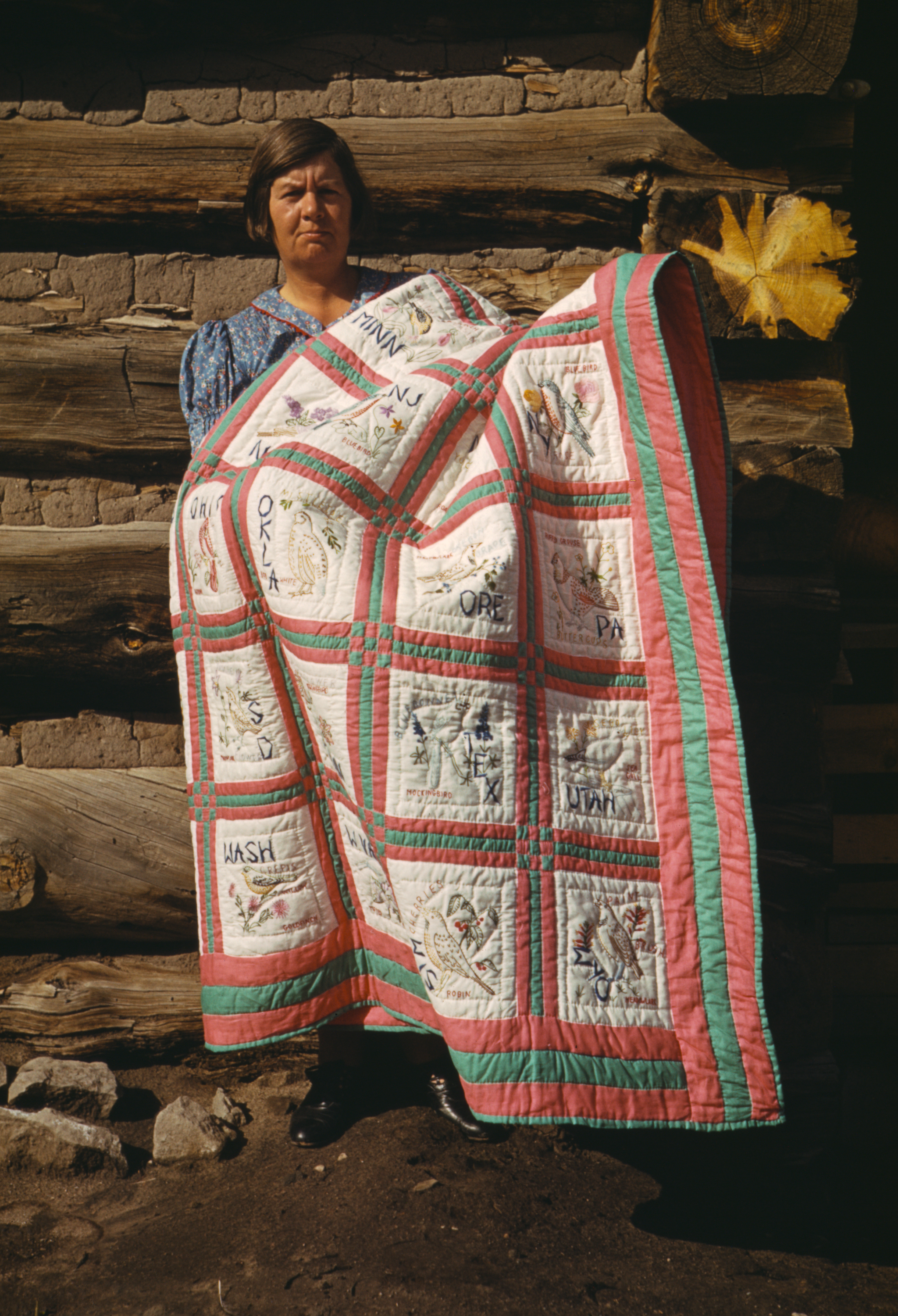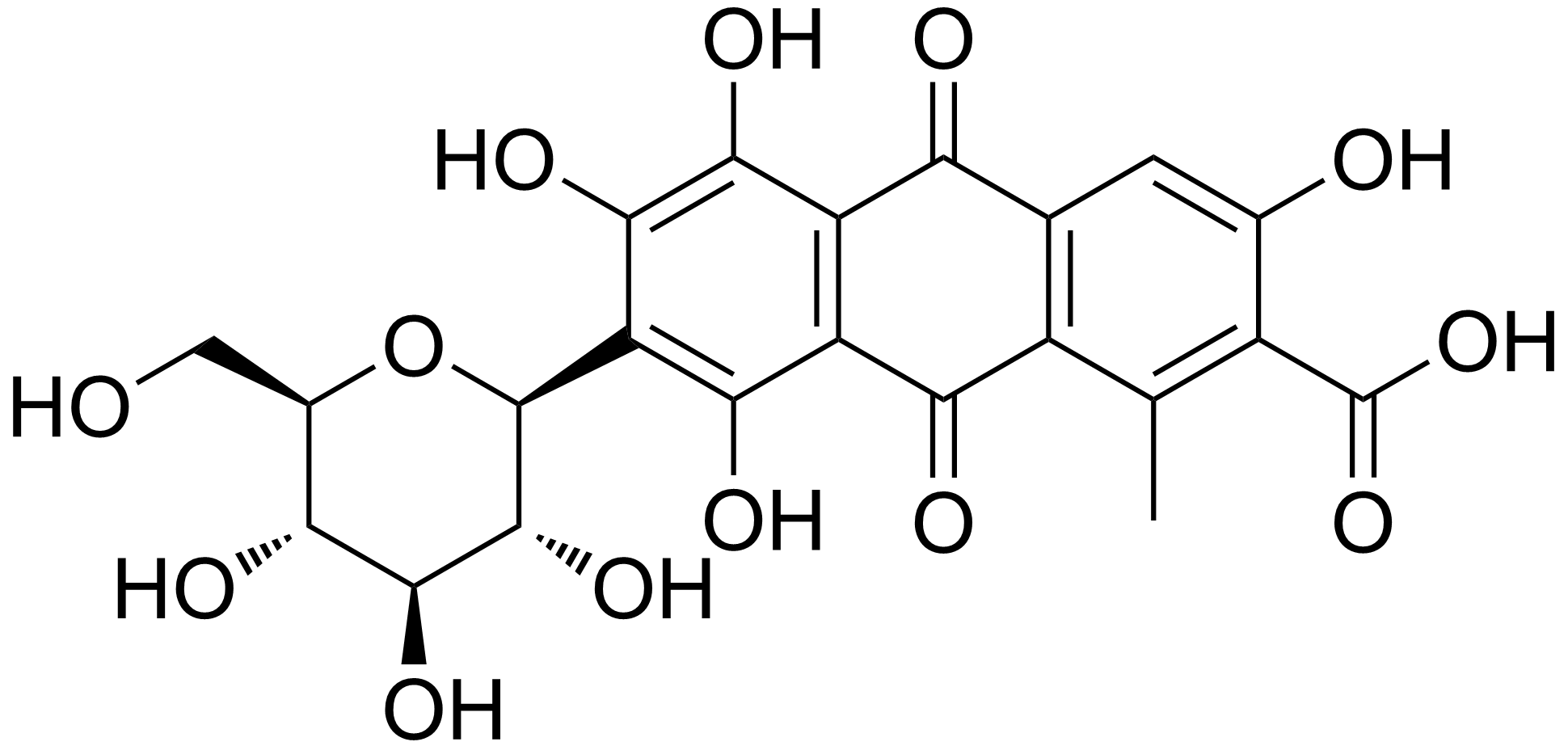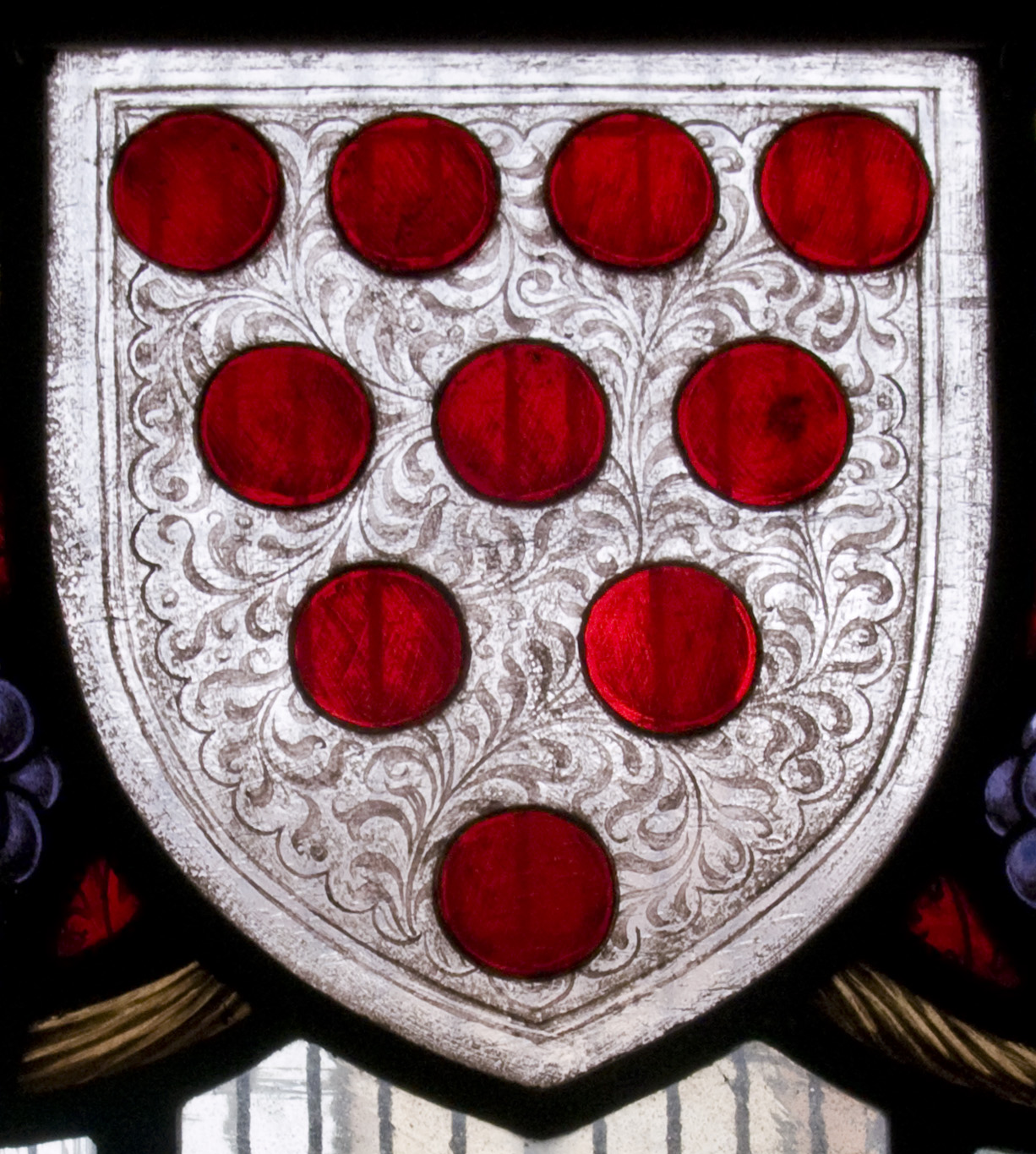|
Colcha Embroidery
Colcha embroidery from the southwest United States is a form of surface embroidery that uses wool threads on cotton or linen fabric. During the Spanish Colonial period, the word ''colcha'' referred to a densely embroidered wool coverlet. In time, the word also came to refer to the embroidery stitch that was used for these coverlets, and then began to be used on other surfaces. The colcha stitch is self-couched, with threads applied at a 45-degree angle to tie down the stitch. Originally, the wool threads were dyed naturally, using plants or insects, such as cochineal. Both materials used and design motifs have varied over time. History The origins of colcha embroidery are uncertain. One theory is that it developed from Chinese silk embroidery that had been imported into Mexico. Colcha embroidery includes designs that resemble Mexican and Spanish embroidery worked in linen and silk. However, the origins and use of the colcha stitch may be more pragmatic. It is an economical st ... [...More Info...] [...Related Items...] OR: [Wikipedia] [Google] [Baidu] |
Embroidered Coverlet (Colcha) MET DP268047
Embroidery is the craft of decorating fabric or other materials using a needle to apply thread or yarn. Embroidery may also incorporate other materials such as pearls, beads, quills, and sequins. In modern days, embroidery is usually seen on caps, hats, coats, overlays, blankets, dress shirts, denim, dresses, stockings, scarfs, and golf shirts. Embroidery is available in a wide variety of thread or yarn colour. Some of the basic techniques or stitches of the earliest embroidery are chain stitch, buttonhole or blanket stitch, running stitch, satin stitch, and cross stitch. Those stitches remain the fundamental techniques of hand embroidery today. History Origins The process used to tailor, patch, mend and reinforce cloth fostered the development of sewing techniques, and the decorative possibilities of sewing led to the art of embroidery. Indeed, the remarkable stability of basic embroidery stitches has been noted: The art of embroidery has been found worldwide and ... [...More Info...] [...Related Items...] OR: [Wikipedia] [Google] [Baidu] |
Surface Embroidery
Surface embroidery is any form of embroidery in which the pattern is worked by the use of decorative stitches and laid threads ''on top of'' the foundation fabric or canvas rather than ''through'' the fabric; it is contrasted with canvas work.Reader's Digest ''Complete Guide to Needlework''. The Reader's Digest Association, Inc. (March 1992). Much free embroidery is also surface embroidery, as are a few forms of counted-thread embroidery such as cross stitch. Forms of surface embroidery * Applique *Art needlework *Crewel embroidery *Cross stitch * Goldwork *Jacobean embroidery Jacobean embroidery refers to embroidery styles that flourished in the reign of King James I of England in first quarter of the 17th century. The term is usually used today to describe a form of crewel embroidery used for furnishing characteriz ... * Stumpwork Examples of surface embroideries * Bayeux Tapestry * Quaker tapestry References External links Embroidery Stitch Tutorials Embroidery ... [...More Info...] [...Related Items...] OR: [Wikipedia] [Google] [Baidu] |
Spanish Colonization Of The Americas
Spain began colonization of the Americas, colonizing the Americas under the Crown of Castile and was spearheaded by the Spanish . The Americas were invaded and incorporated into the Spanish Empire, with the exception of Colonial Brazil, Brazil, British America, and some small regions of South America and the Caribbean. The crown created civil and religious structures to administer the vast territory. The main motivations for colonial expansion were profit through Exploitation colonialism, resource extraction and the Catholicization, spread of Catholicism by converting Indigenous peoples of the Americas, indigenous peoples. Beginning with Columbus's first voyage to the Caribbean and gaining control over more territory for over three centuries, the Spanish Empire would expand across the Spanish West Indies, Caribbean Islands, half of South America, most of Central America and much of North America. It is estimated that during the colonial period (1492–1832), a total of 1.86&n ... [...More Info...] [...Related Items...] OR: [Wikipedia] [Google] [Baidu] |
Quilt
A quilt is a multi-layered textile, traditionally composed of two or more layers of fabric or fiber. Commonly three layers are used with a filler material. These layers traditionally include a woven cloth top, a layer of batting or wadding, and a woven back combined using the techniques of quilting. This is the process of sewing on the face of the fabric, and not just the edges, to combine the three layers together to reinforce the material. Stitching patterns can be a decorative element. A single piece of fabric can be used for the top of a quilt (a "whole-cloth quilt"), but in many cases the top is created from smaller fabric pieces joined, or patchwork. The pattern and color of these pieces creates the design. Quilts may contain valuable historical information about their creators, "visualizing particular segments of history in tangible, textured ways." In the twenty-first century, quilts are frequently displayed as non-utilitarian works of art but historically quilts ... [...More Info...] [...Related Items...] OR: [Wikipedia] [Google] [Baidu] |
Cochineal
The cochineal ( , ; ''Dactylopius coccus'') is a scale insect in the suborder Sternorrhyncha, from which the natural dye carmine is derived. A primarily sessile parasite native to tropical and subtropical South America through North America (Mexico and the Southwest United States), this insect lives on cacti in the genus ''Opuntia'', feeding on plant moisture and nutrients. The insects are found on the pads of prickly pear cacti, collected by brushing them off the plants, and dried. The insect produces carminic acid that deters predation by other insects. Carminic acid, typically 17–24% of dried insects' weight, can be extracted from the body and eggs, then mixed with aluminium or calcium salts to make carmine dye, also known as cochineal. Today, carmine is primarily used as a colorant in food and in lipstick (E120 or Natural Red 4). Carmine dye was used in the Americas for coloring fabrics and became an important export good in the 16th century during the colon ... [...More Info...] [...Related Items...] OR: [Wikipedia] [Google] [Baidu] |
Churra
The Churra (also known as ''Spanish Churro'') is an ancient Iberian breed of sheep from Zamora province in Castile and León. The ewes produce the milk for Zamorana cheese; the meat is also prized. The Churra (renamed "churro" by American frontiersmen) was first imported to North America in the 16th century and used to feed Spanish armies and settlers. By the 17th Century, churras were popular with the Spanish settlers in the upper Rio Grande Valley. Flocks of churras were also acquired by Navajo The Navajo (; British English: Navaho; nv, Diné or ') are a Native American people of the Southwestern United States. With more than 399,494 enrolled tribal members , the Navajo Nation is the largest federally recognized tribe in the United ... through raids and trading, and soon became an important part of their economy and culture. In the early 1900s, the United States federal government decided that other breeds would be better for reservation life and a program of out-b ... [...More Info...] [...Related Items...] OR: [Wikipedia] [Google] [Baidu] |
Santa Fe Trail
The Santa Fe Trail was a 19th-century route through central North America that connected Franklin, Missouri, with Santa Fe, New Mexico, Santa Fe, New Mexico. Pioneered in 1821 by William Becknell, who departed from the Boonslick region along the Missouri River, the trail served as a vital commercial highway until 1880, when the railroad arrived in Santa Fe. Santa Fe was near the end of El Camino Real de Tierra Adentro which carried trade from Mexico City. The trail was later incorporated into parts of the National Old Trails Road and U.S. Route 66. The route skirted the northern edge and crossed the north-western corner of Comancheria, the territory of the Comanche. Realizing the value, they demanded compensation for granting passage to the trail. American traders envisioned them as another market. Comanche raiding farther south in Mexico isolated New Mexico, making it more dependent on the American trade. They raided to gain a steady supply of horses to sell. By the 1840s, trai ... [...More Info...] [...Related Items...] OR: [Wikipedia] [Google] [Baidu] |
Crewel Embroidery
Crewel embroidery, or crewelwork, is a type of surface embroidery using wool. A wide variety of different embroidery stitches are used to follow a design outline applied to the fabric. The technique is at least a thousand years old. Crewel embroidery is not identified with particular styles of designs, but rather is embroidery with the use of this wool thread. Modern crewel wool is a fine, two-ply or one-ply yarn available in many different colours. Crewel embroidery is often associated with England in the 17th and 18th centuries, and from England was carried to the American colonies. It was particularly popular in New England. The stitches and designs used in America were simpler and more economical with the scarce crewel wool. The Deerfield Society of Blue and White Needlework (1896–1926) revived interest in crewel embroidery in the United States. Description of the technique The crewel technique is not a counted-thread embroidery (like canvas work), but a style of free ... [...More Info...] [...Related Items...] OR: [Wikipedia] [Google] [Baidu] |
Diapering
Diaper is any of a wide range of decorative patterns used in a variety of works of art, such as stained glass, heraldic shields, architecture, and silverwork. Its chief use is in the enlivening of plain surfaces. Etymology For the full etymology, see "". The Oxford dictionary gives the Greek ''dia'' for "cross" as in "diamond" or "diagonal"; and ''aspros'', Greek for "white". A white diamond or white cloth is used on the diagonal, hence the diagonal lattice or reticulation in patterning. In art In architecture and other decorative arts, diaper is applied as a decorative treatment of a surface with a repeat pattern of squares ( check (pattern), chequers), rectangles, or lozenges. Diaper was particularly used in mediaeval stained glass to increase the vividness of a coloured pane, for example the field in a shield of arms. A stone wall may be decorated with such a pattern sculpted in relief; in brickwork the effect may be achieved by using bricks of different colours, or by ... [...More Info...] [...Related Items...] OR: [Wikipedia] [Google] [Baidu] |
Embroidery
Embroidery is the craft of decorating fabric or other materials using a needle to apply thread or yarn. Embroidery may also incorporate other materials such as pearls, beads, quills, and sequins. In modern days, embroidery is usually seen on caps, hats, coats, overlays, blankets, dress shirts, denim, dresses, stockings, scarfs, and golf shirts. Embroidery is available in a wide variety of thread or yarn colour. Some of the basic techniques or stitches of the earliest embroidery are chain stitch, buttonhole or blanket stitch, running stitch, satin stitch, and cross stitch. Those stitches remain the fundamental techniques of hand embroidery today. History Origins The process used to tailor, patch, mend and reinforce cloth fostered the development of sewing techniques, and the decorative possibilities of sewing led to the art of embroidery. Indeed, the remarkable stability of basic embroidery stitches has been noted: The art of embroidery has been found world ... [...More Info...] [...Related Items...] OR: [Wikipedia] [Google] [Baidu] |
_MET_DP268047.jpg)





